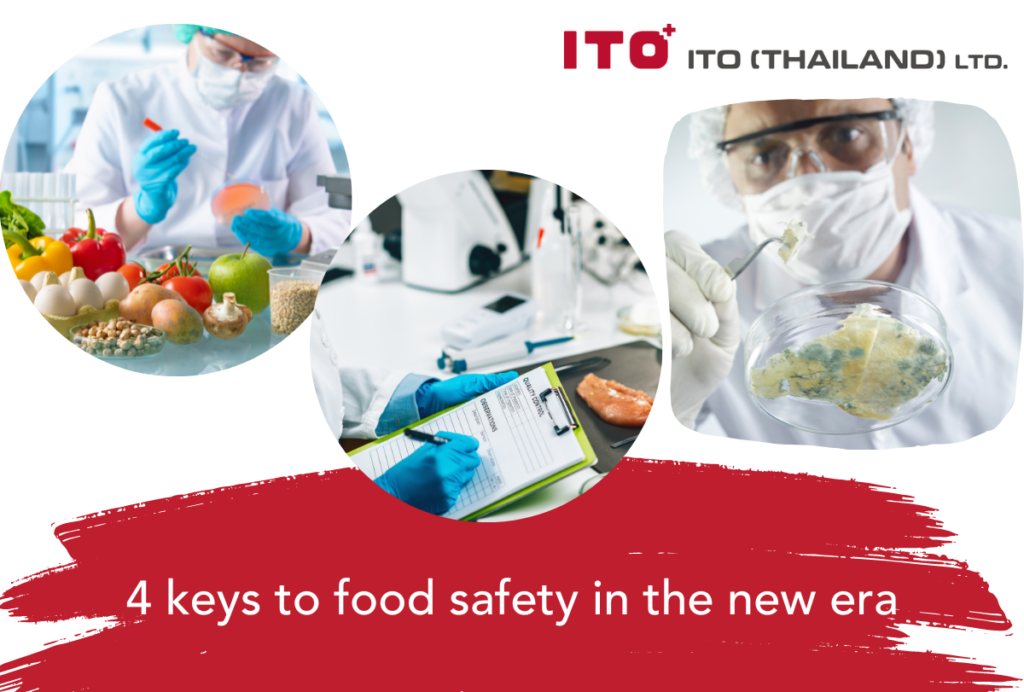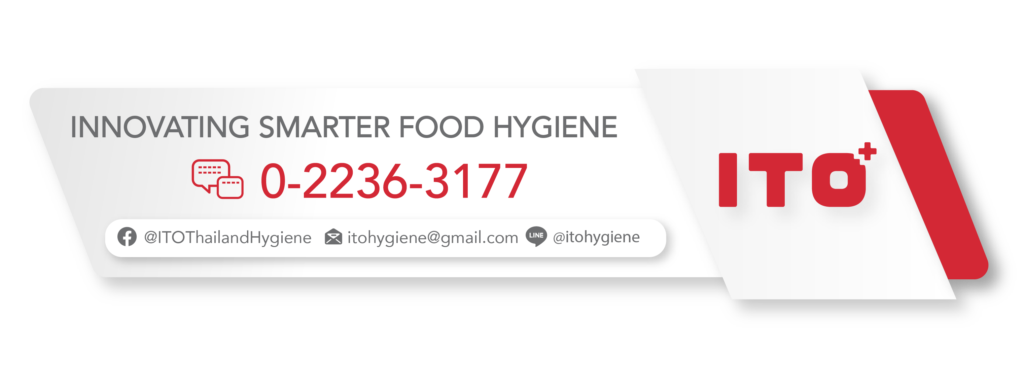ITO Thailand Hygiene Blog
New era of smarter food safety
In 2020, the USFDA created a Blueprint or guideline on food safety in the new era that will be more up to date to keep up with the rapidly evolving new era. There is also a dependence on technology, various devices, as well as new ideas that are in line with the trend for today’s world that is moving into the future. Tune in here to see what is there.
Nowadays, the world of food industry is changing rapidly as seen in the arrival of new sources of raw materials, new production processes, and various technologies. The change in the food industry and human behavior was also expedited by stimulation such as the pandemic (Read more about the impact of the pandemic on the food industry here) and online food delivery platforms. This prompted units responsible for food safety to adjust quickly accordingly to accommodate new phenomena that occur in society with the aim of using technology to make food safety control smarter, more efficient, less complicated, and to issue instructions to deal with contamination cases more quickly, including addressing the root cause of food contamination.
4 keys to food safety in the new era
New era of smarter food safety blueprint consists of the following 4 keys:
•Tech-enabled traceability
This technology is used to quickly trace the information of food products to the source to promptly stop incidents of harmful food contamination in food. The USFDA aims to be traceability within “minutes” to quickly issue handling instructions for food suspected of being contaminated, such as product recalls or warnings to reduce damage, both in terms of life and health, loss of product value and consumer confidence.
•Smarter tools and approaches for prevention and outbreak response
In addition to suspending incidents as quickly as possible, technology-enabled prevention will be another part that plays a role in the new era of food industry. Technology will be used to help collect data into data warehouses which can be used to analyze trends, causes, or predict the chances of various dangers more accurately, and prevent food hazards before they occur.
Efficient data collection requires data collection standards and a data collection contract to prevent food hazard, wrongful use of the private sector’s data to create a strong and reliable information network.
Moreover, new technologies that help to collect data more efficiently, such as sensor technology that measures environmental conditions that affect food quality or safety (e.g. temperature, humidity, etc.) or specific chemicals related to food safety also plays a role in the new era of food industry (read more about food quality and safety monitoring technology here.).
The last part is how to perform a hazard analysis accurately and efficiently when data is obtained. For this section, placing importance on related technology systems such as machine learning, artificial intelligence plays a huge role, including reporting results online and in real time as well.
•New business models and retail modernization
In the modern world, food consumption behaviors change more, as well as new food-related businesses. New raw materials such as protein from insects, cultured protein, various health functional substances, new production processes (e.g. encapsulation of functional substances to make them work more efficiently and light sterilization, etc.), as well as online delivery platforms and consumer behaviors are creating new food consumption conditions that must be controlled and managed to ensure that people’s food is safe. This control system must be developed rapidly to keep up with the technological changes. Educating small entrepreneurs on food safety in the modern food business model has also become more challenging.
Monitoring tools will come into play to help make the work of auditors easier, such as smart kitchens with automatic temperature and time tracking to predict food quality of food, or various sensors, etc., including AI systems that help monitor human behaviors to reduce contamination as well (read more).
•Food safety culture
This last section shows that although there are many new technologies, in the end, the part that remains important in food safety is humans. Therefore, it is necessary to put priority on shifting the attitude and food safety in terms of consumer safety, the safety and welfare of food producers themselves, including educating the consumers on food preparation for themselves.
Reference
1.https://www.fda.gov/media/139868/download
Related Post
-
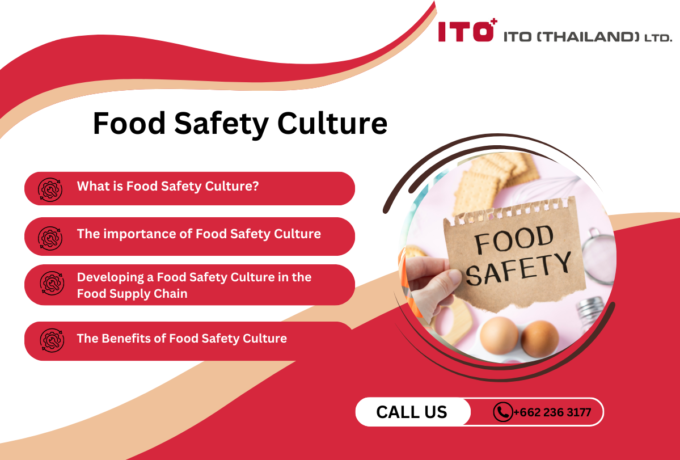
Food Safety Culture
Food safety culture plays a crucial role in safeguarding the company's reputation, ensuring the well-being of its employees, and providing a safe experience for its customers.
-
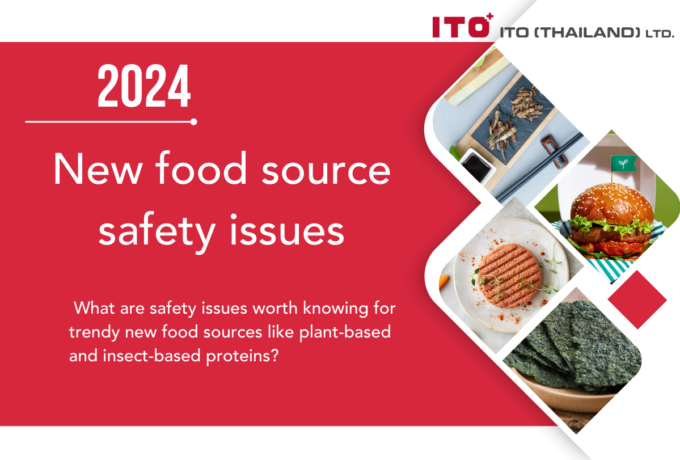
New food source safety issues
What are safety issues worth knowing for trendy new food sources like plant-based and insect-based proteins?
-

British Retail Consortium (BRC) Standard
Food safety management systems play a vital role in ensuring the production and distribution of safe and high-quality food products to consumers. With the global food supply chain becoming increasingly complex, food businesses must implement effective systems prioritising safety, quality, and compliance with industry standards. A food safety management system encompasses a set of procedures, processes, and controls designed to identify, prevent, and manage potential hazards at every stage of the food production and supply process. This proactive approach not only safeguards consumers' health but also protects the reputation and credibility of food companies in an ever more competitive market.
-
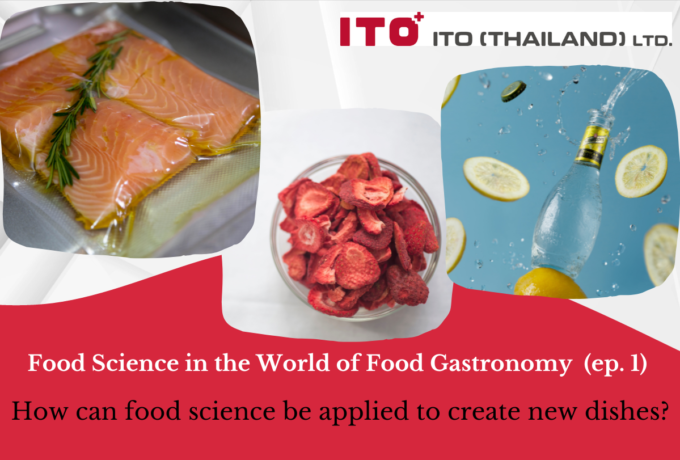
Food Science in the World of Food Gastronomy (Part 1)
How can food science be applied to create new dishes?
-
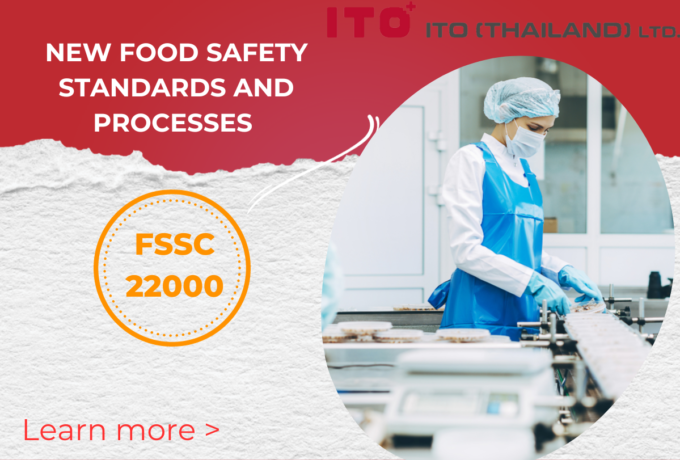
FSSC 22000
Food manufacturers must ensure food safety standards and processes. FSSC 22000 is an official certification program for Food Safety Management Systems (FSMS) recognised by the Global Food Safety Initiative (GFSI). This certification scheme offers a set of guidelines and procedures to ensure uniformity, openness, and safety across your entire supply chain. It applies to all companies operating within the food and beverage industry, ranging from farmers to retailers. By fulfilling the necessary criteria and obtaining FSSC 22000 certification, it is demonstrated that the required standards for food quality and implementing effective processes to manage and mitigate risks associated with food fraud, foodborne illnesses, expensive recalls, and other external threats are met.
-

Food Safety Aspects of Artificial Sweeteners
Artificial sweeteners, also known as sugar substitutes, non-nutritive sweeteners, or high-intensity sweeteners, are artificially produced compounds utilised in place of sucrose (table sugar) to add sweetness to food and drinks. Due to their significantly higher sweetness than regular sugar, only a fraction of artificial sweeteners (200 to 20,000 times less) is required to achieve an equivalent level of sweetness. Since the caloric contribution of these sweeteners, when used in such small quantities, is insignificant, they are often referred to as non-nutritive (4).








